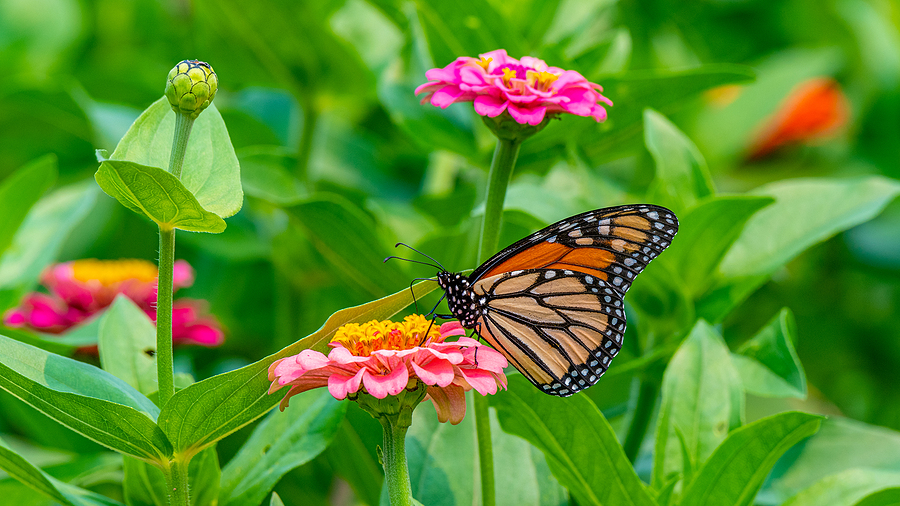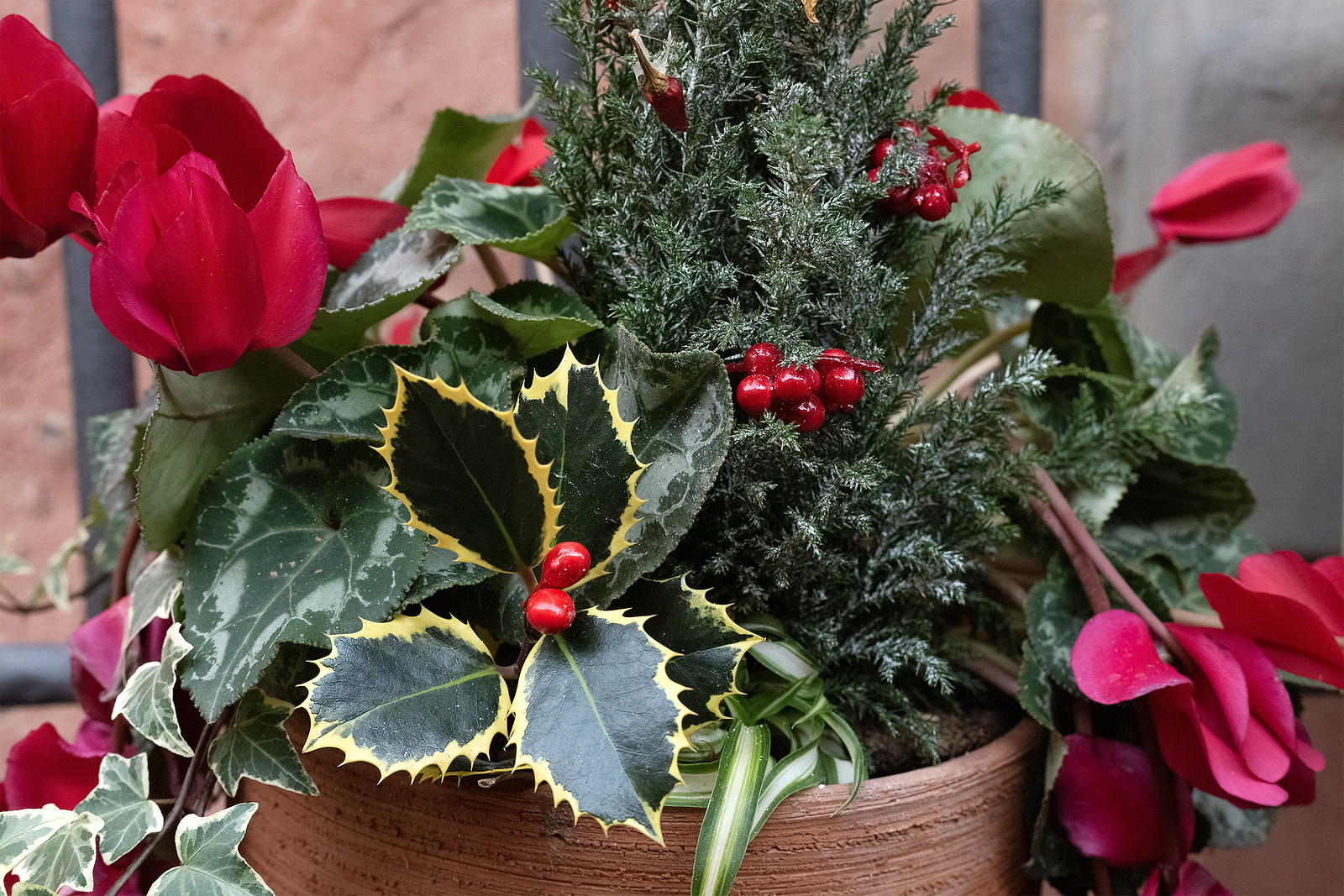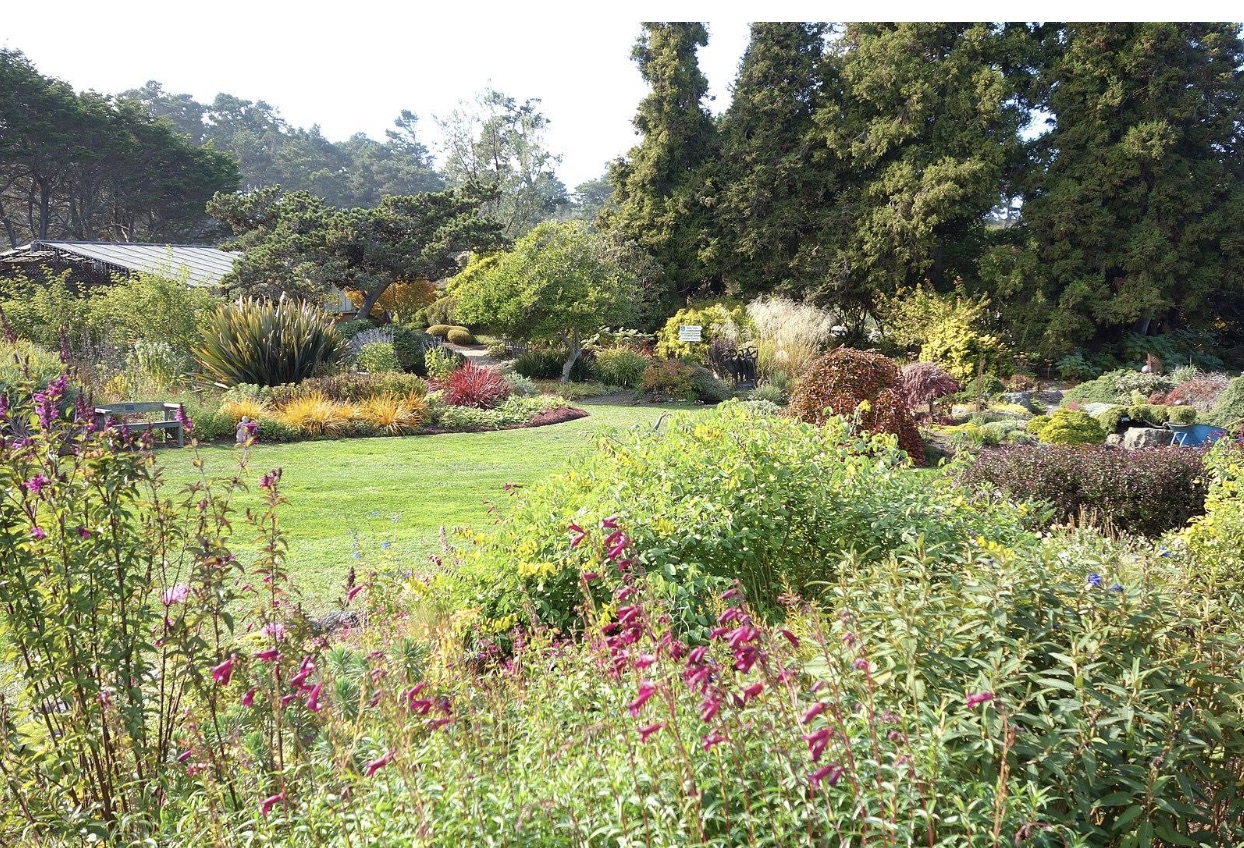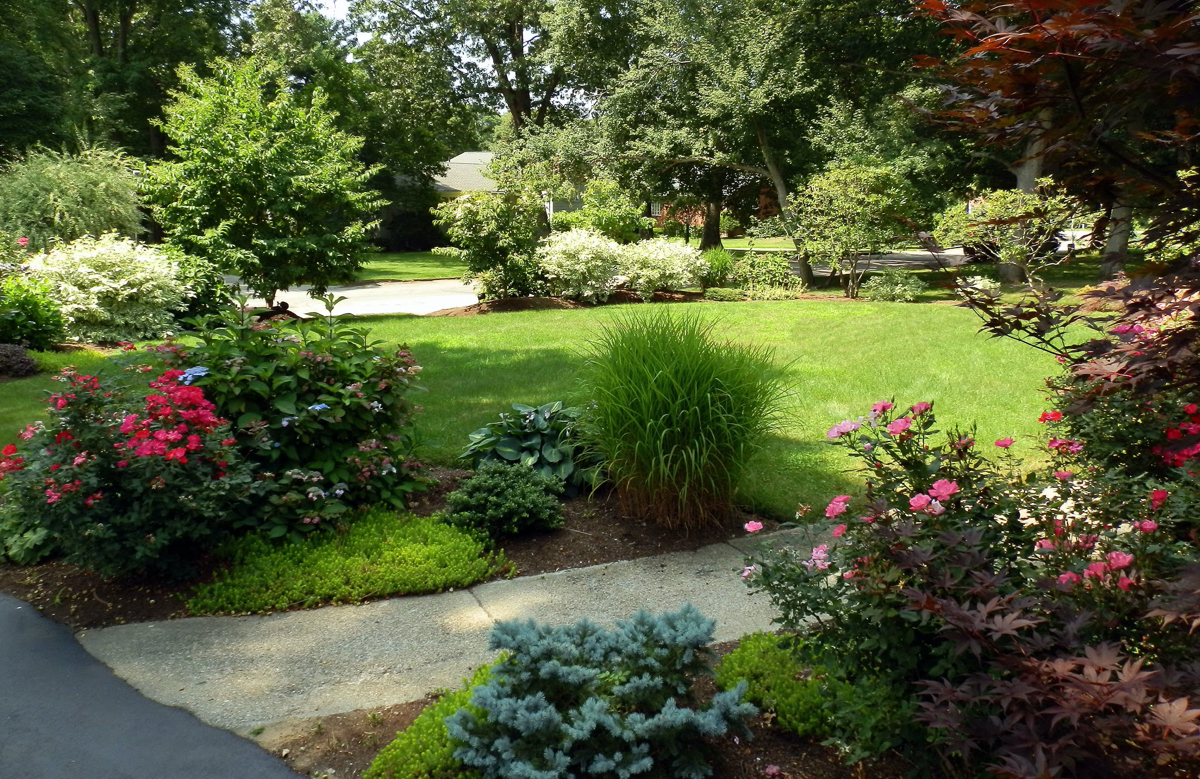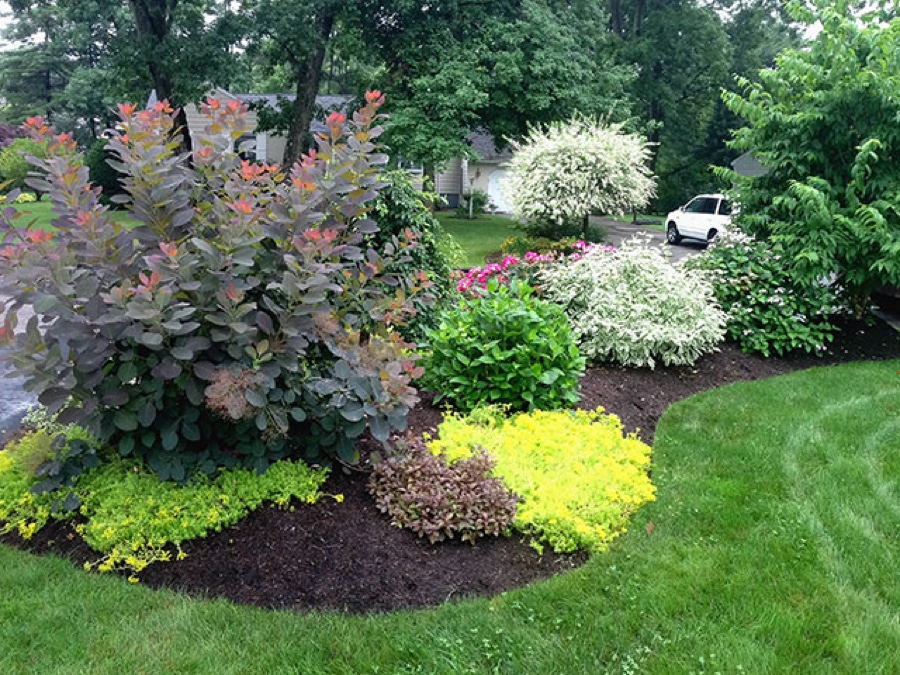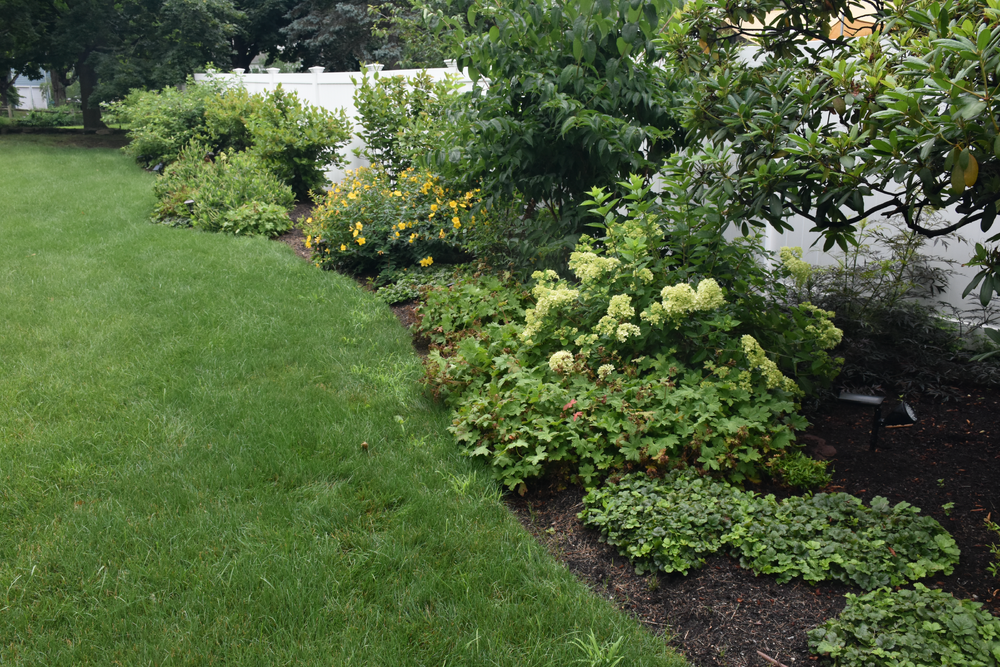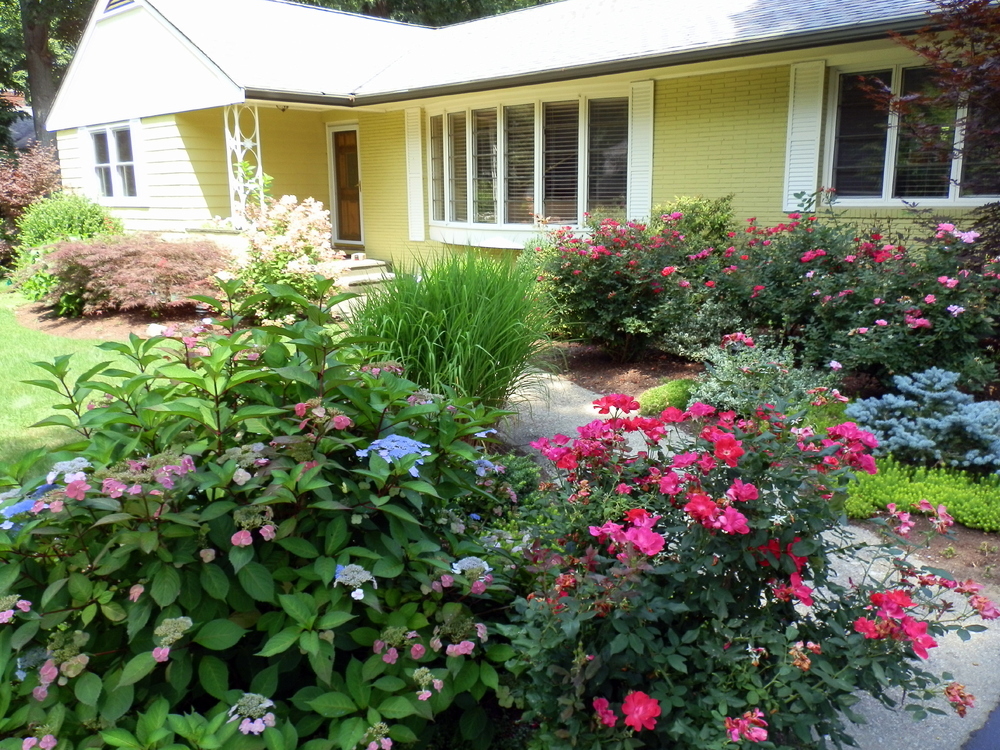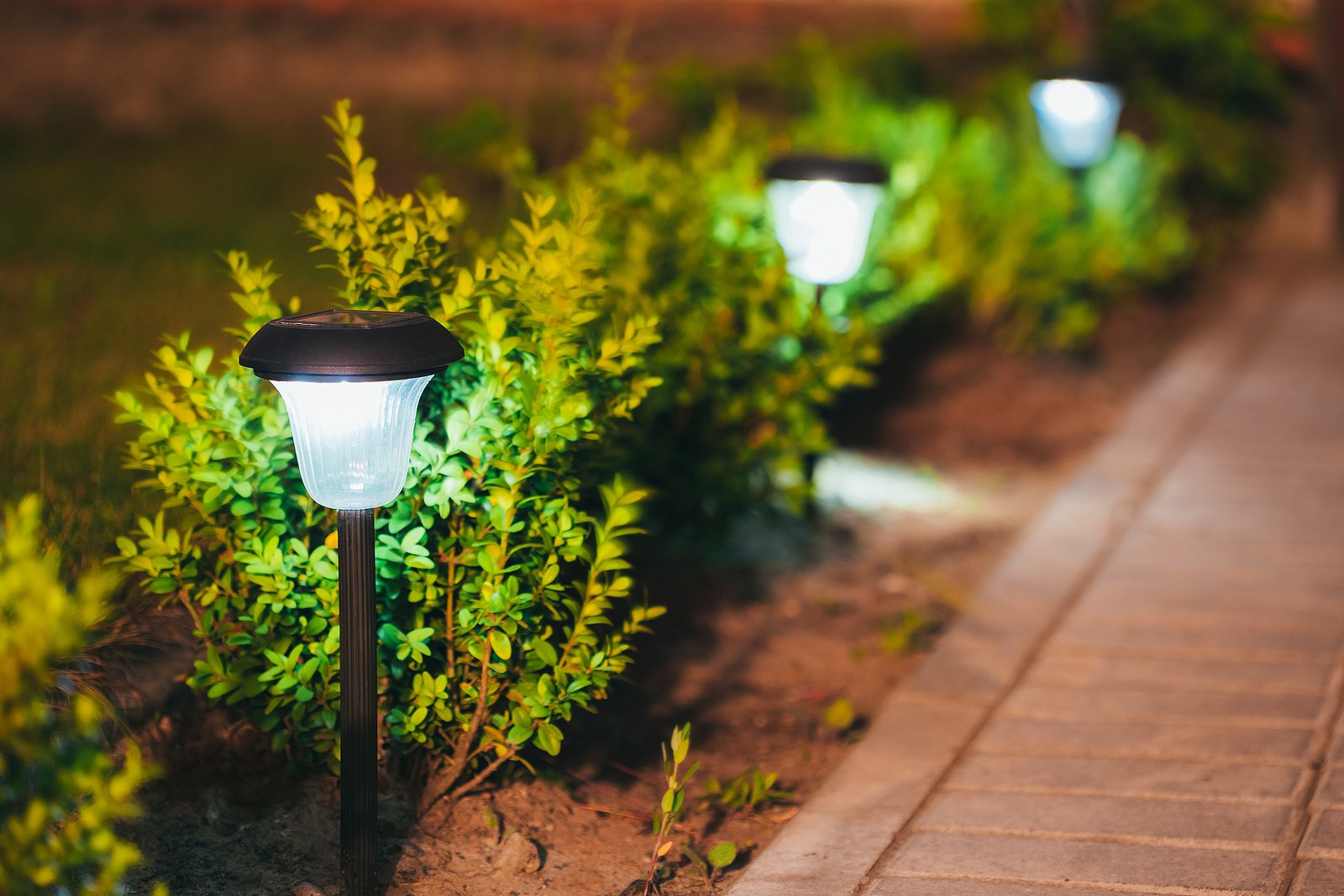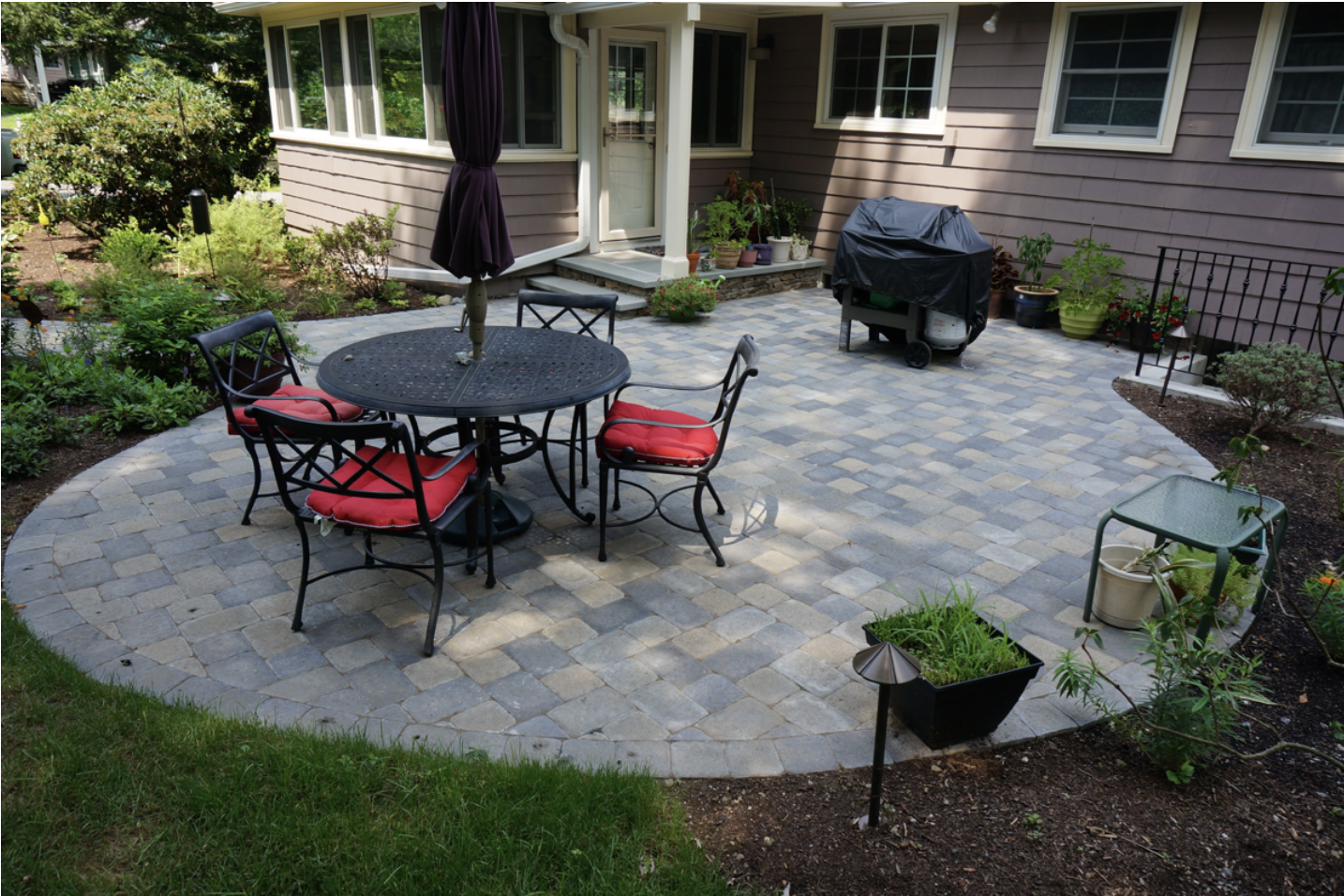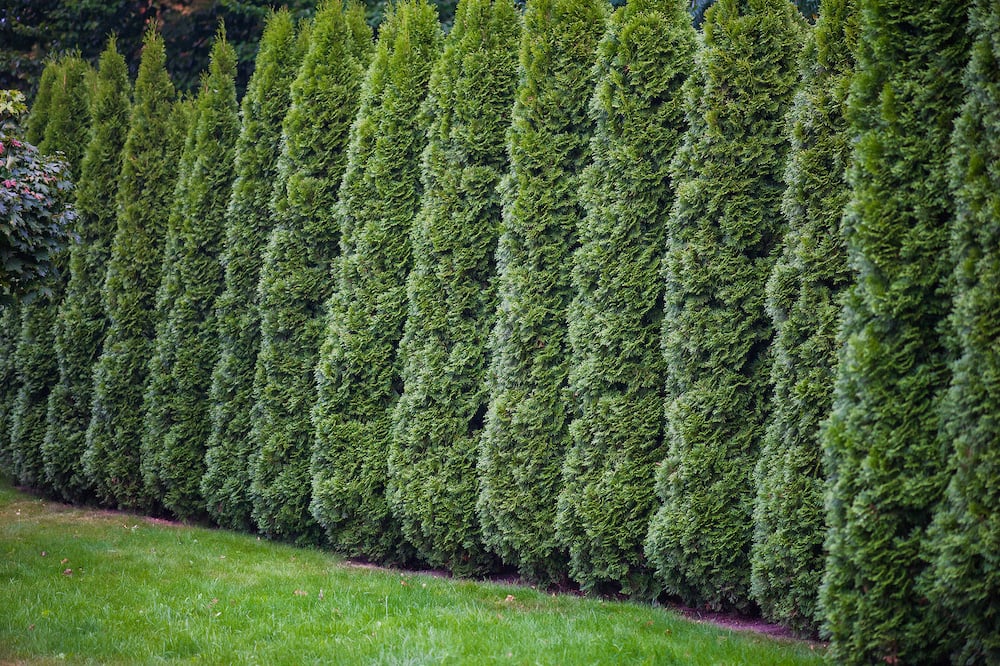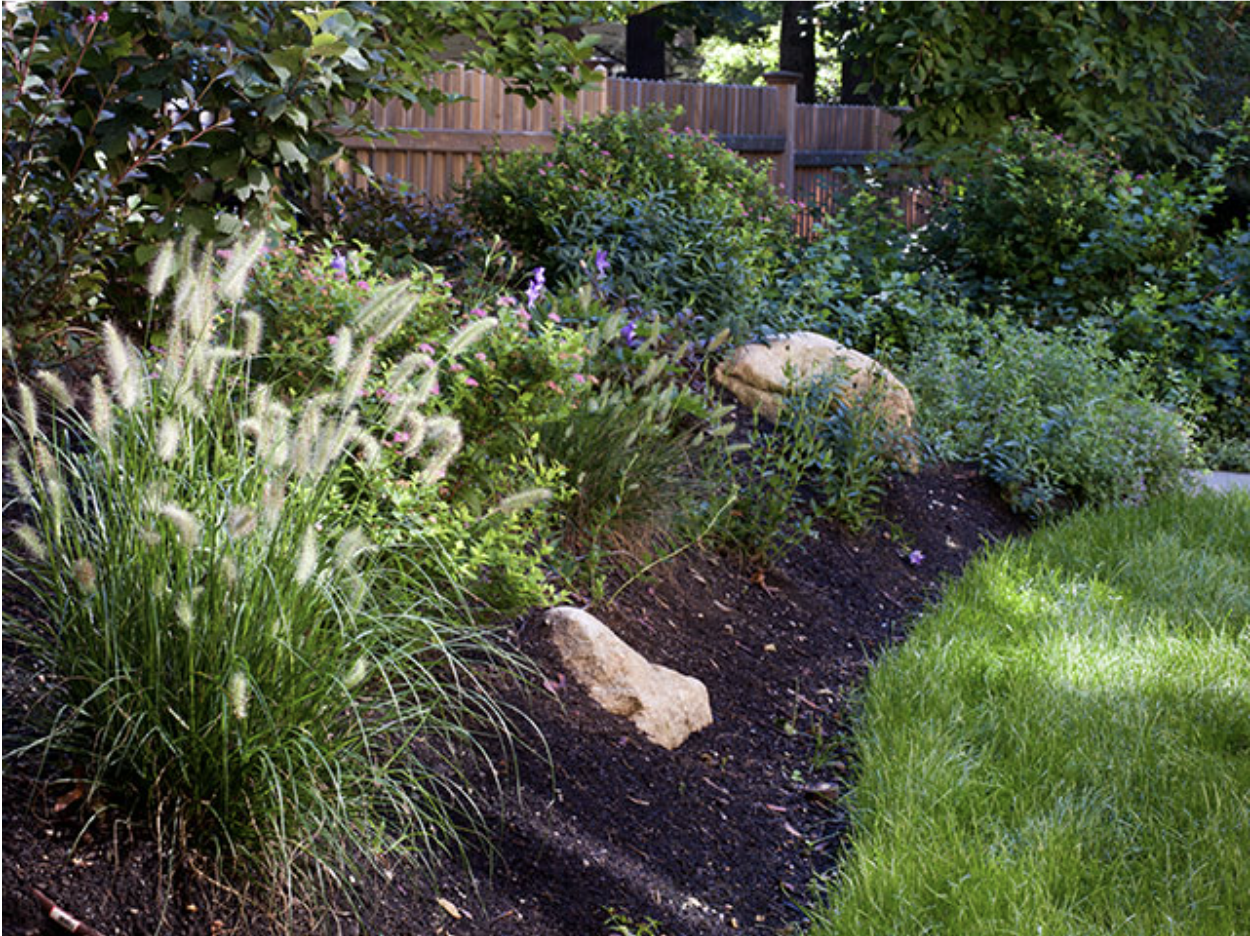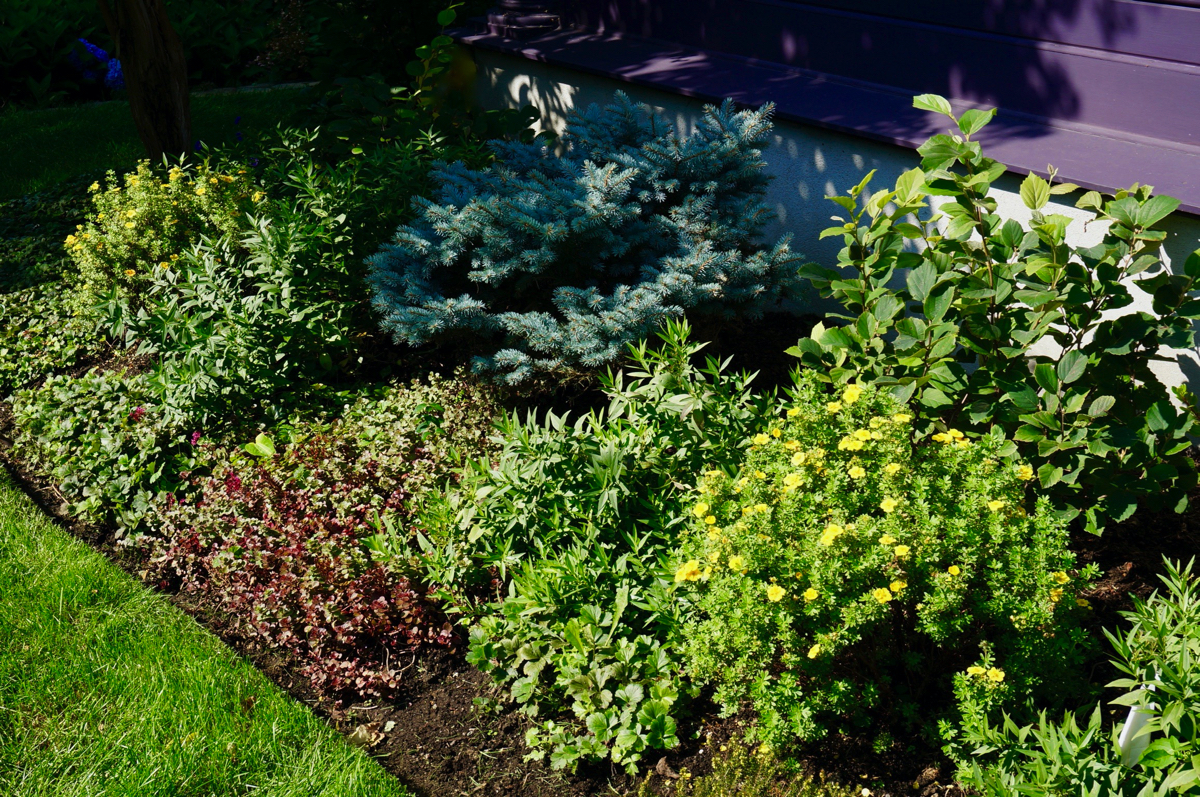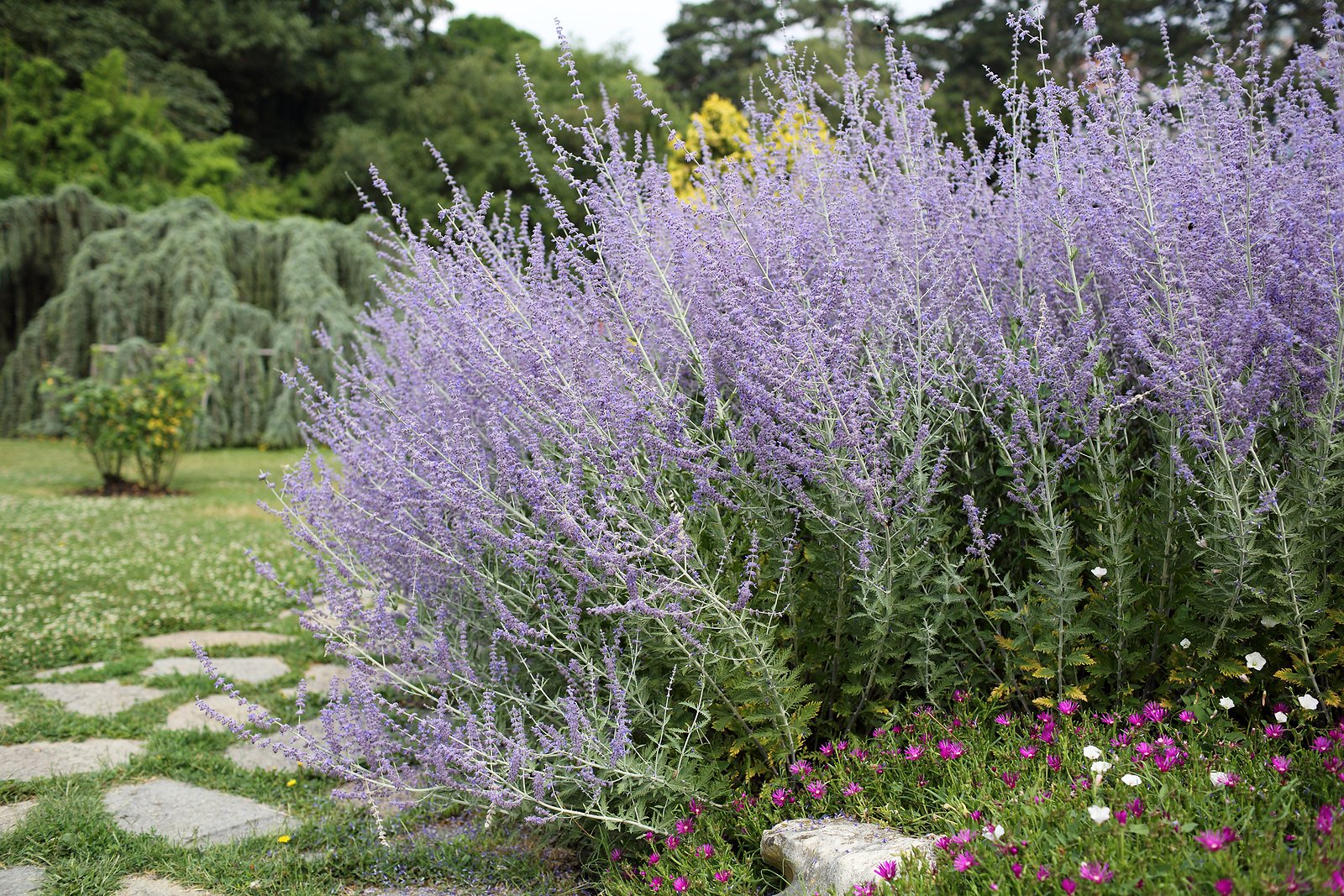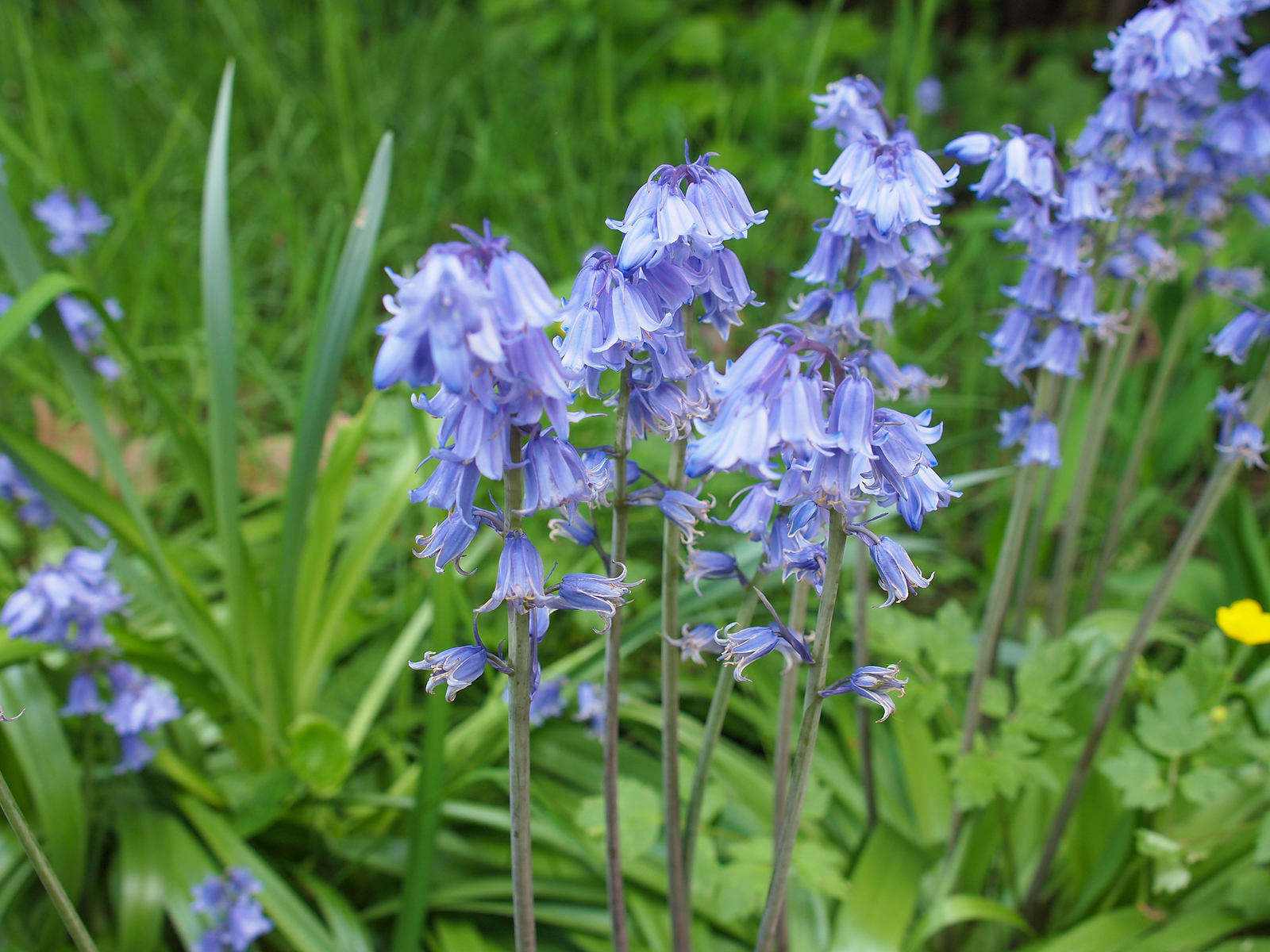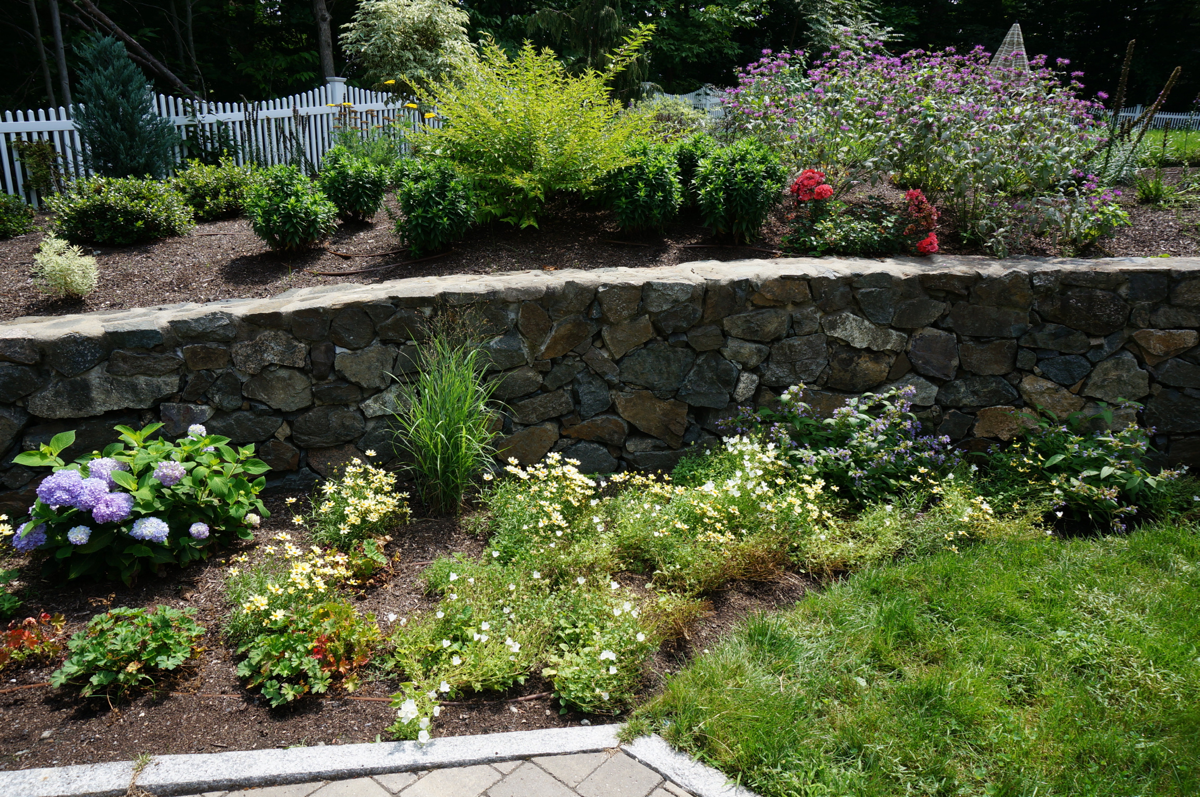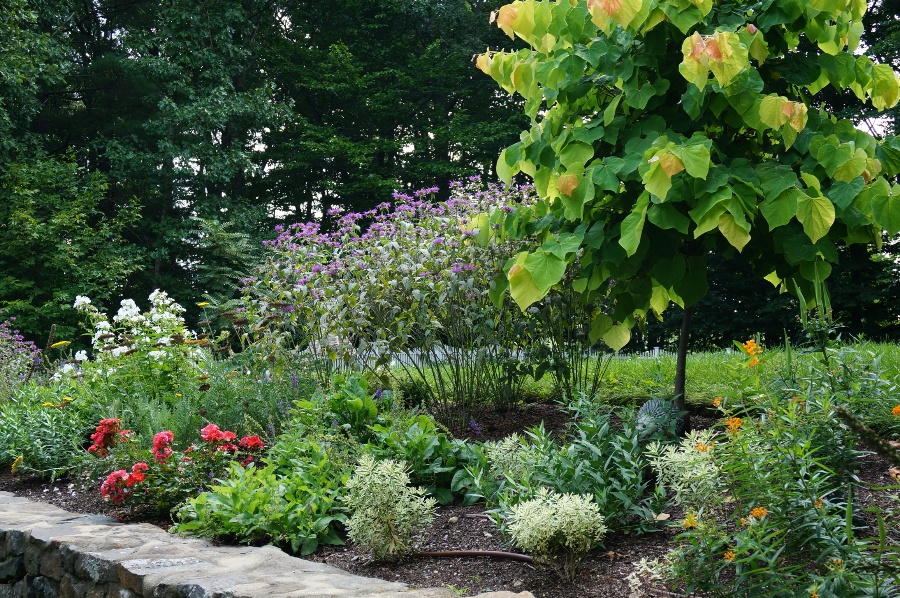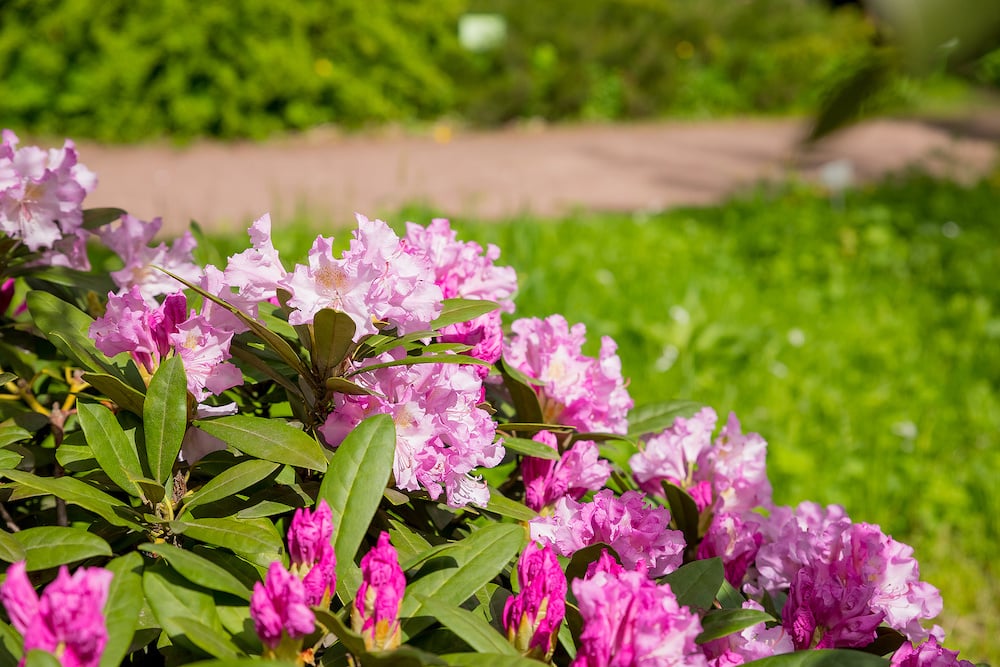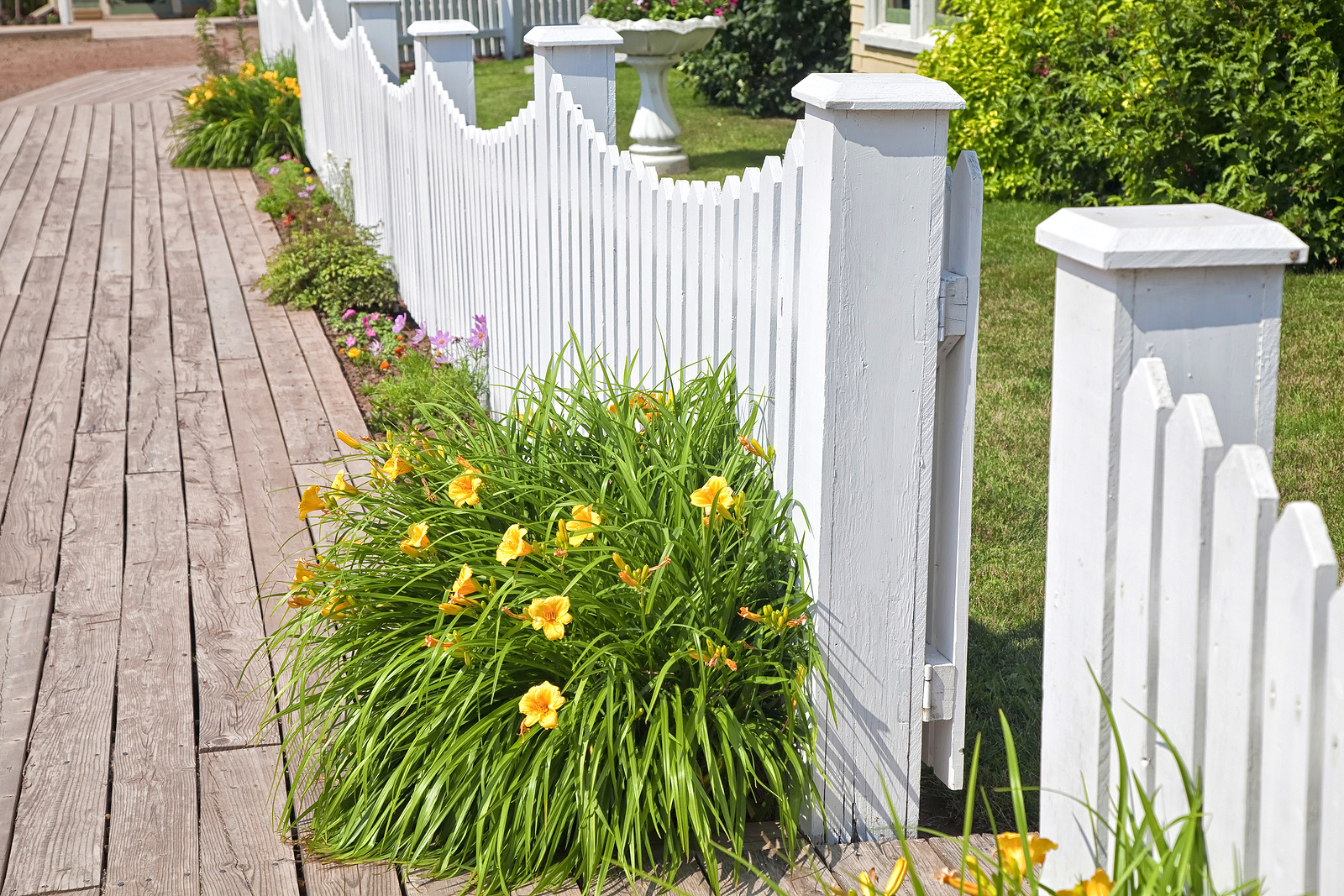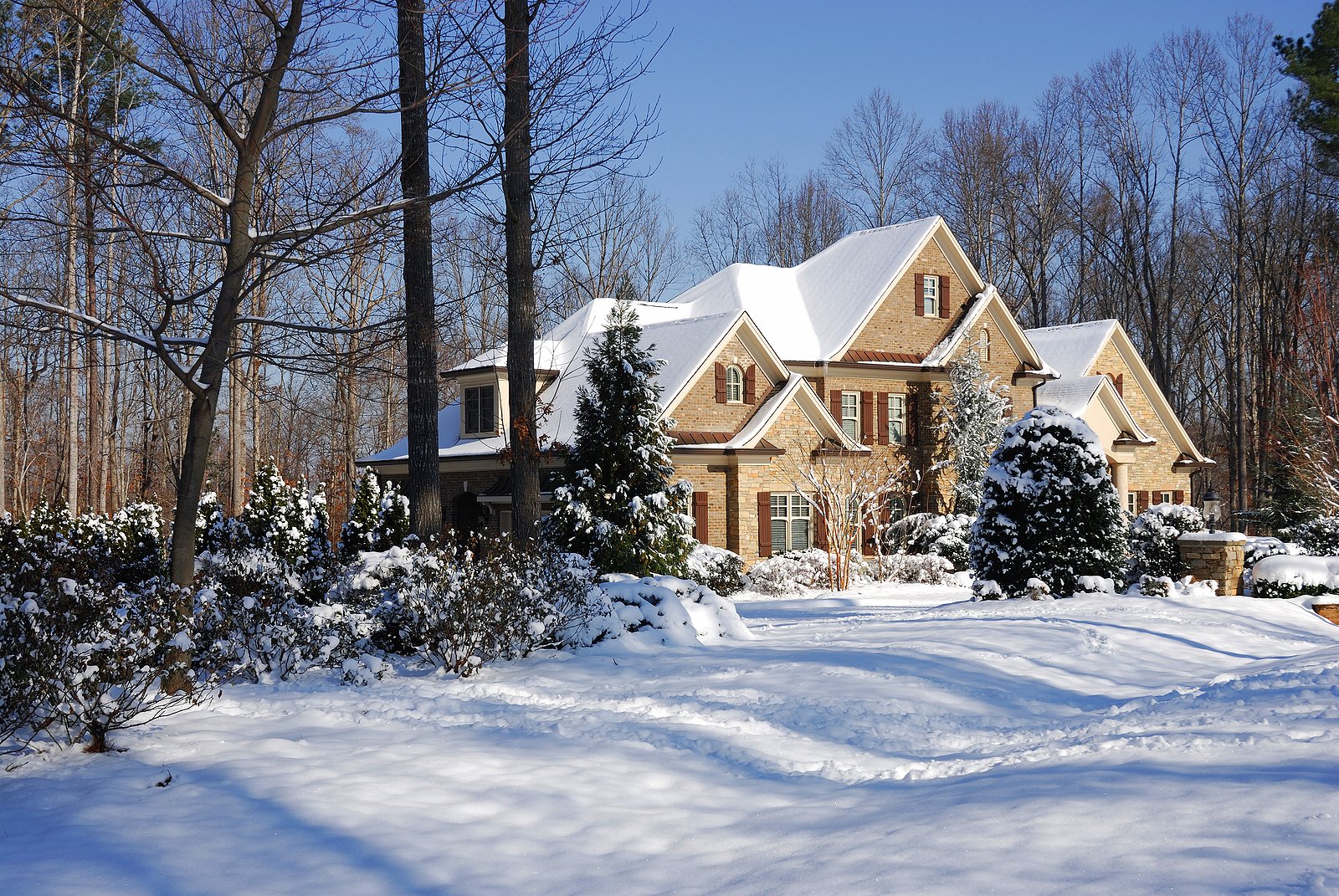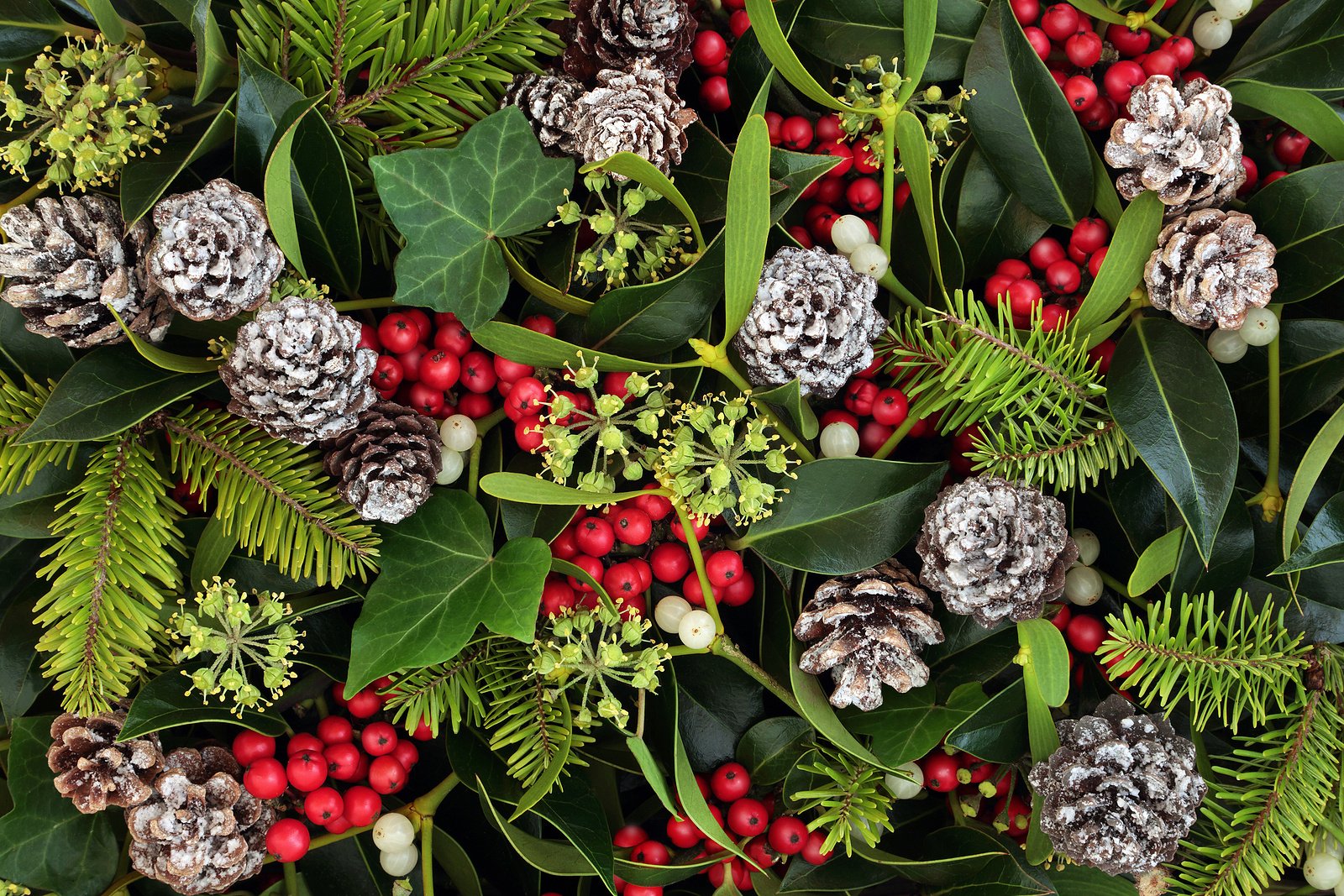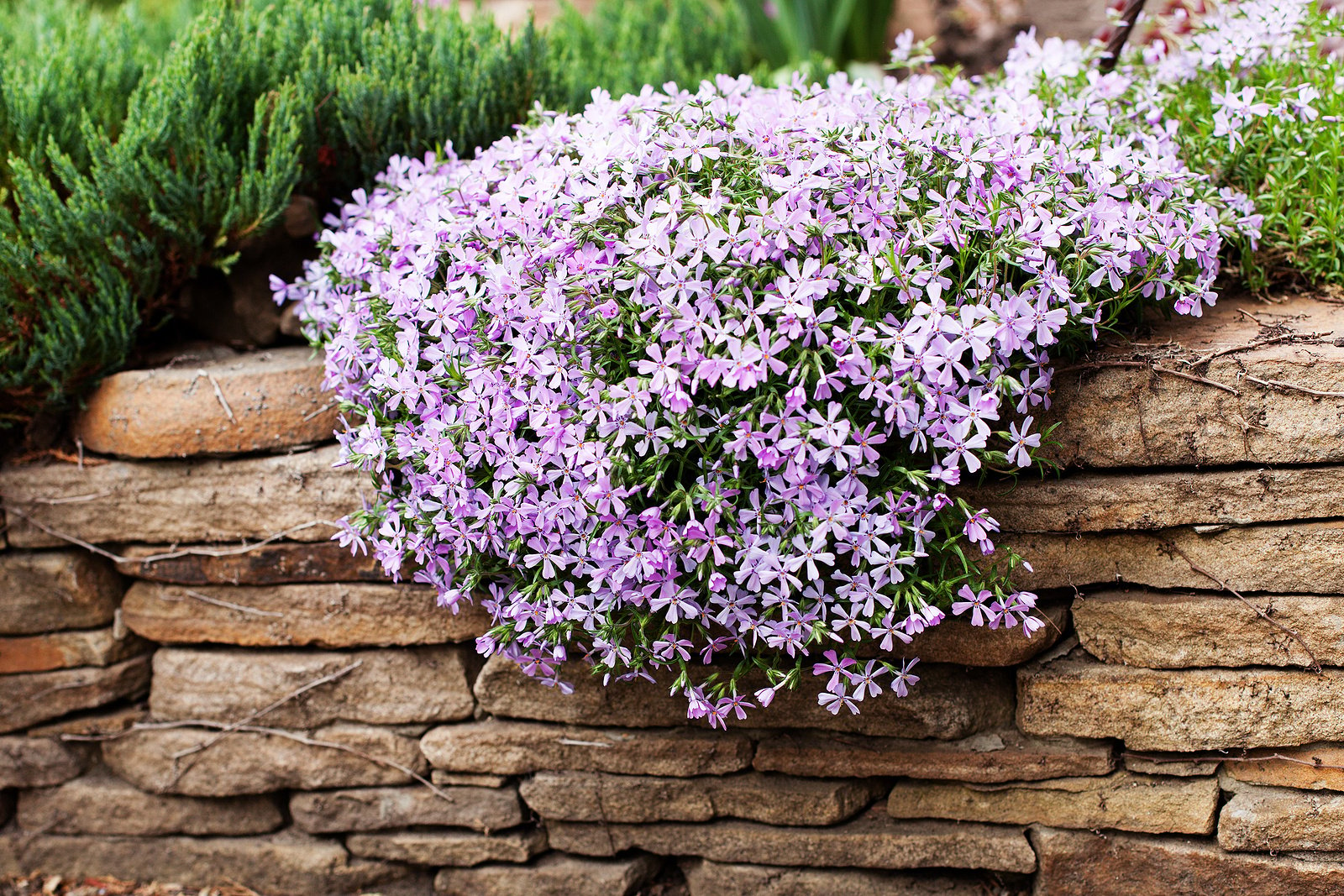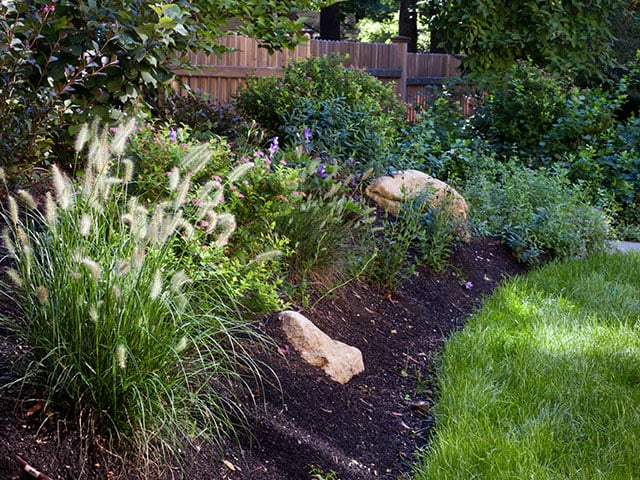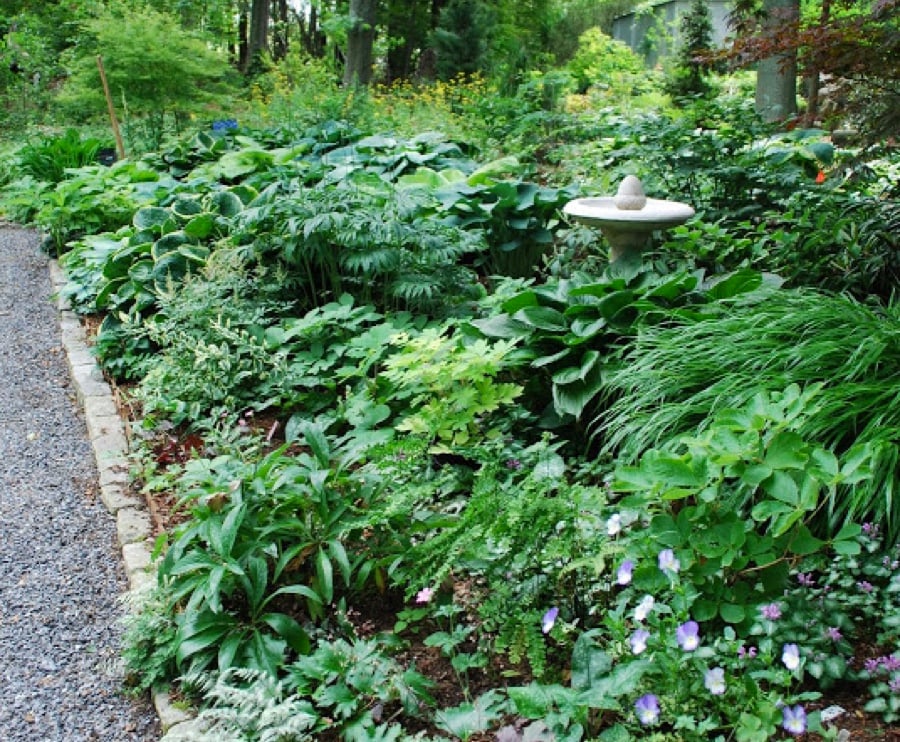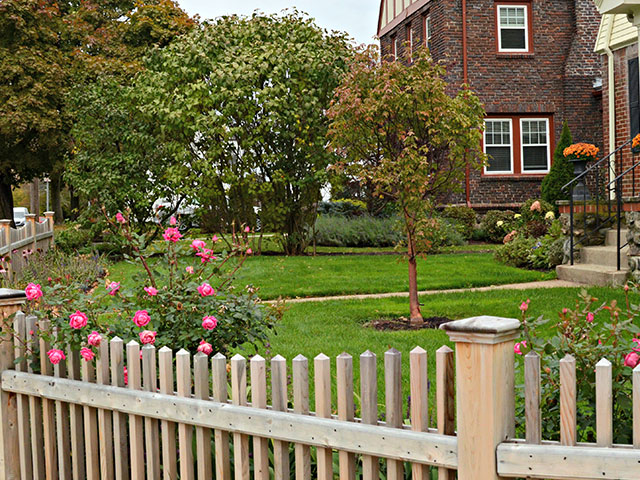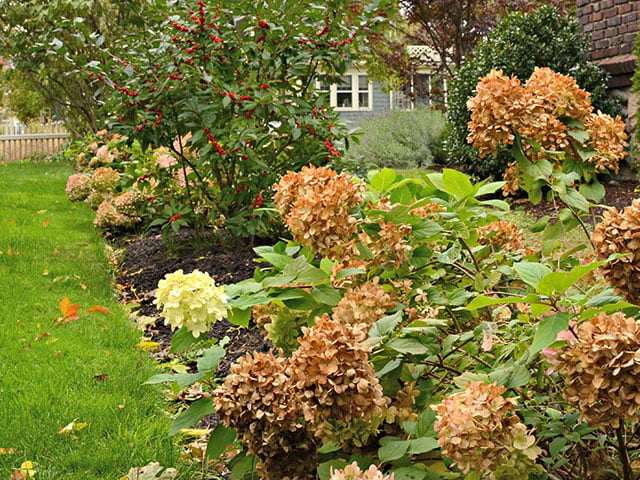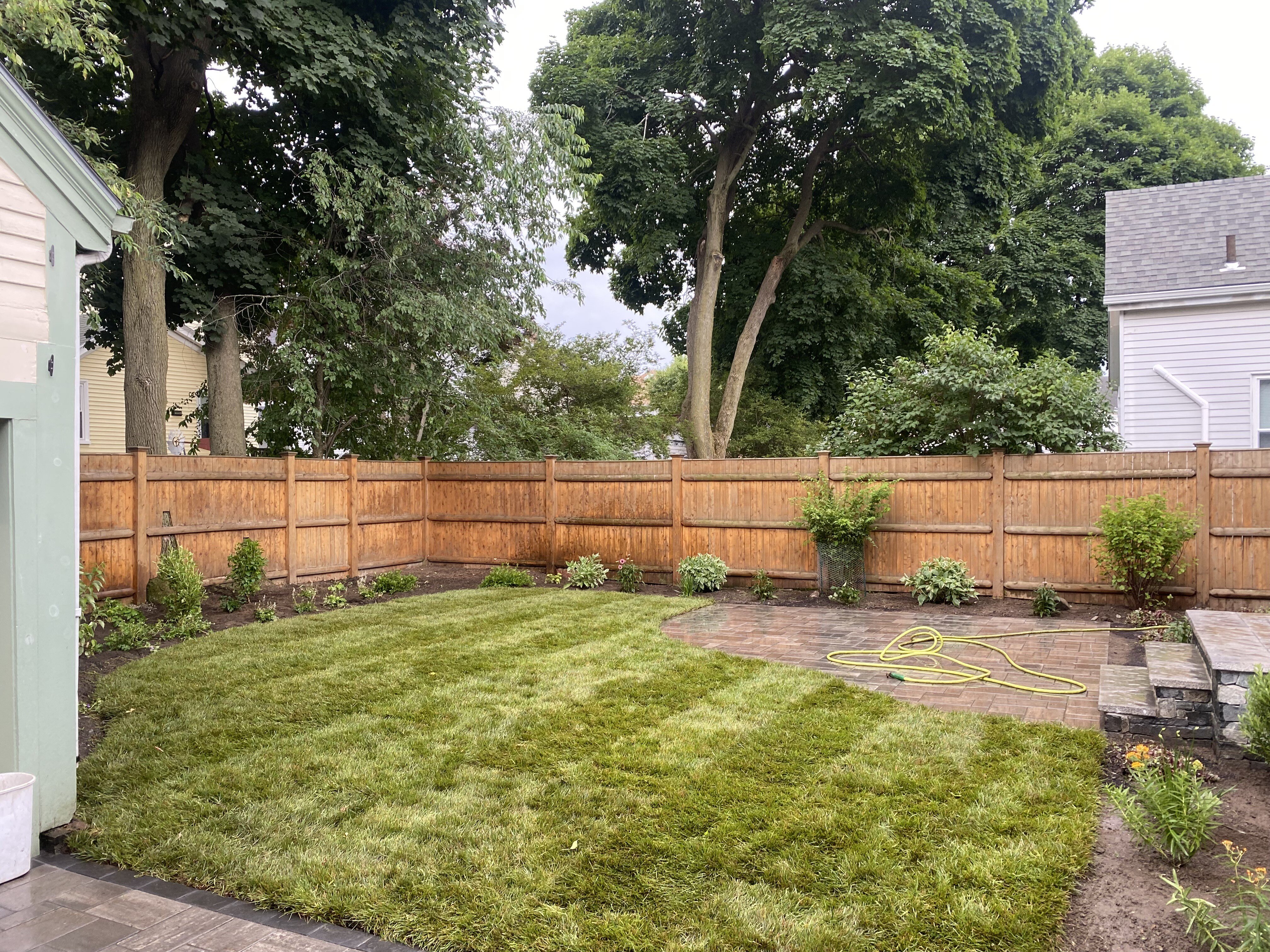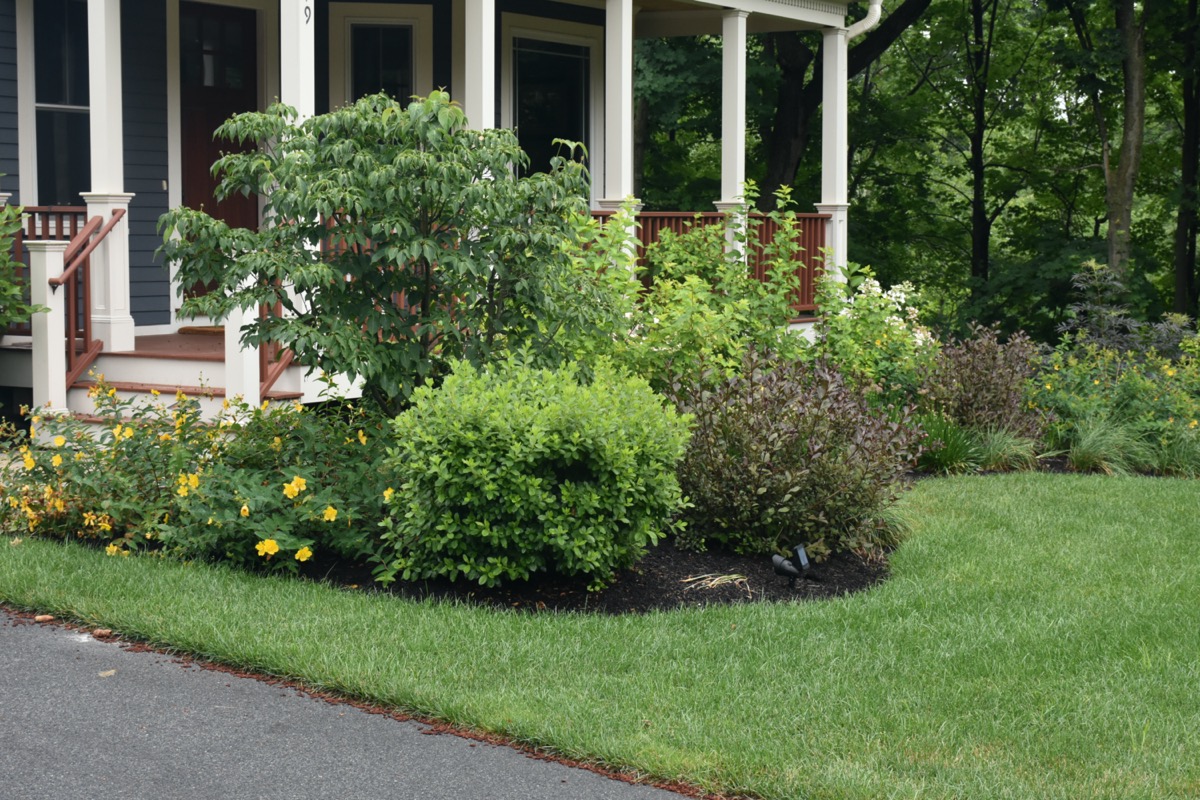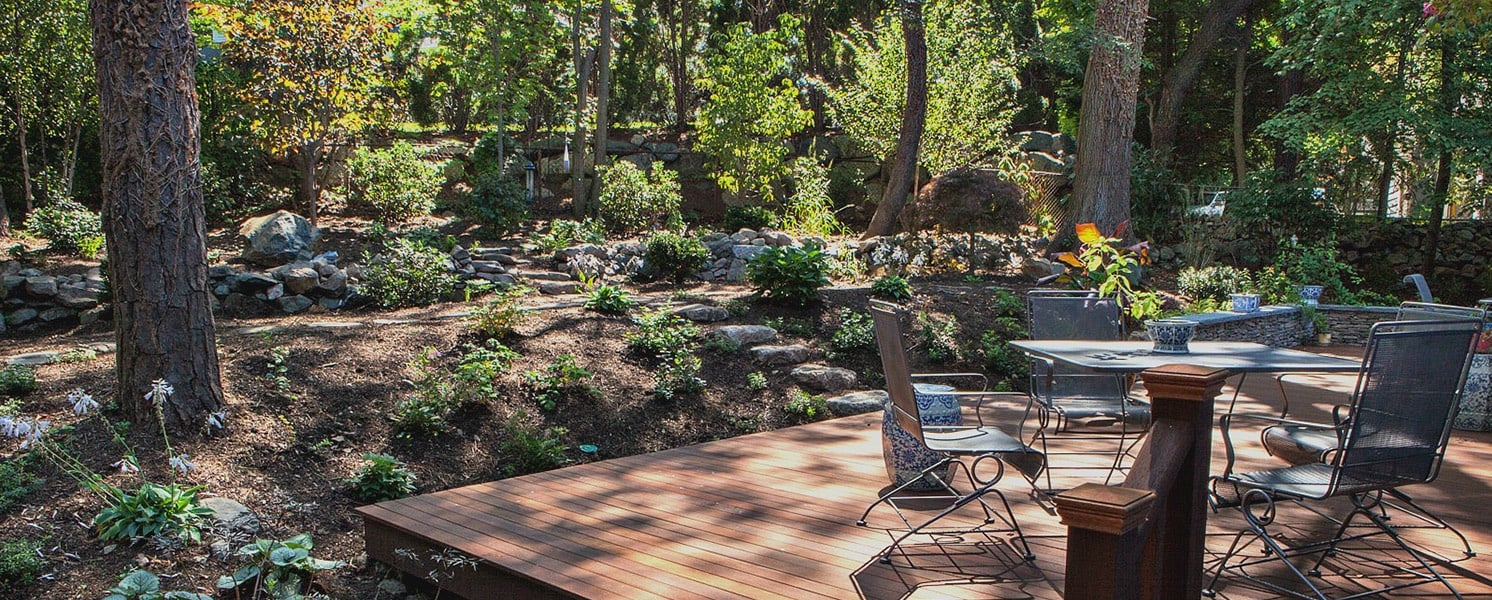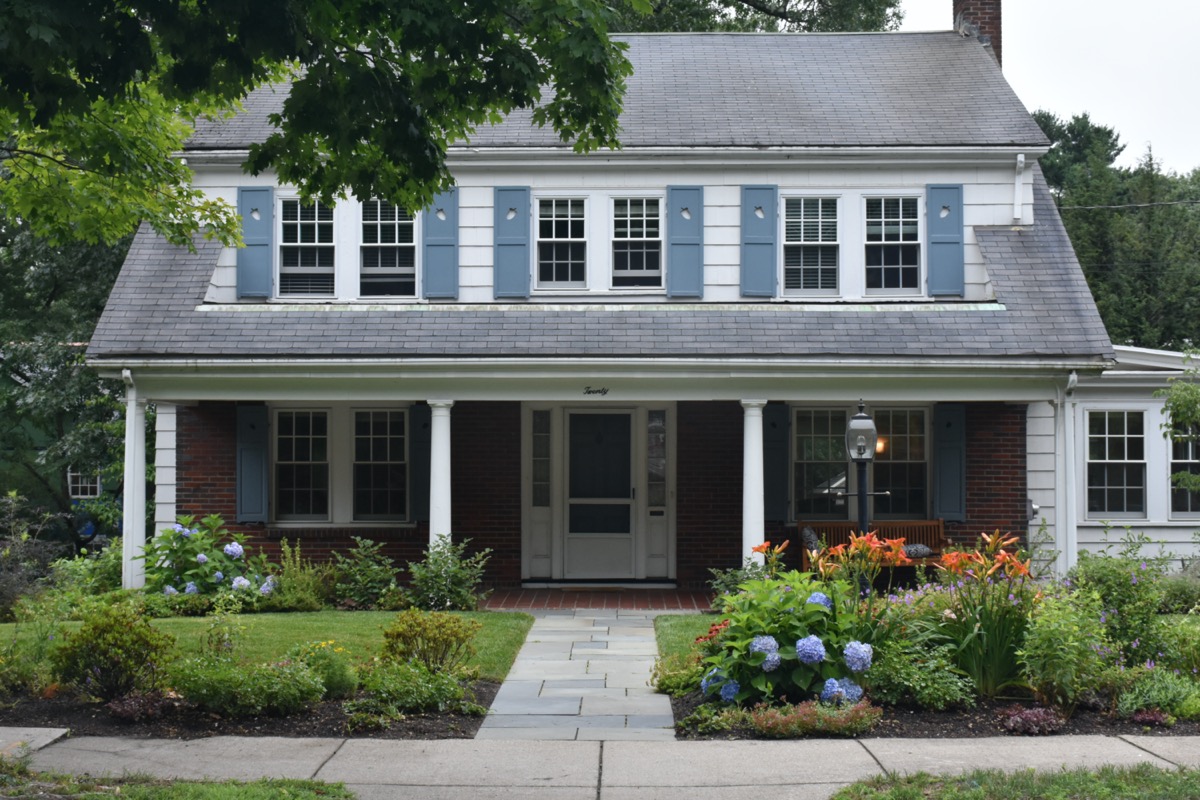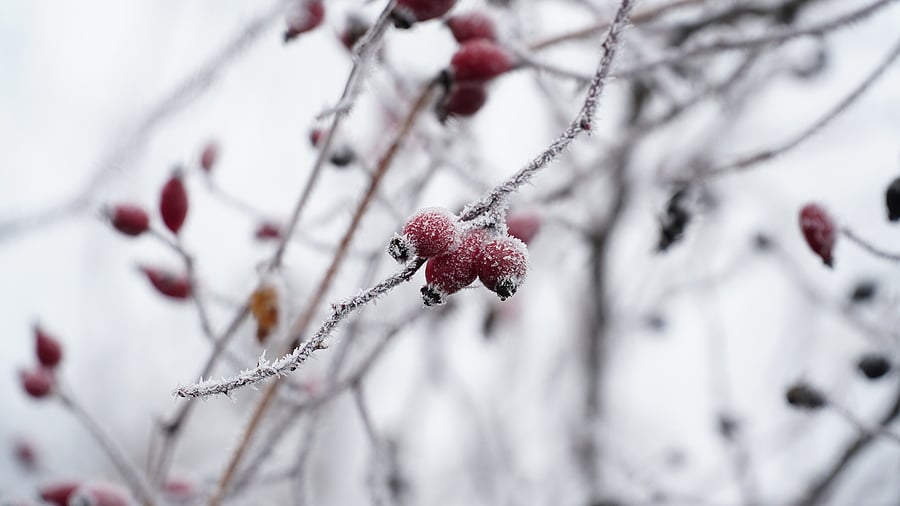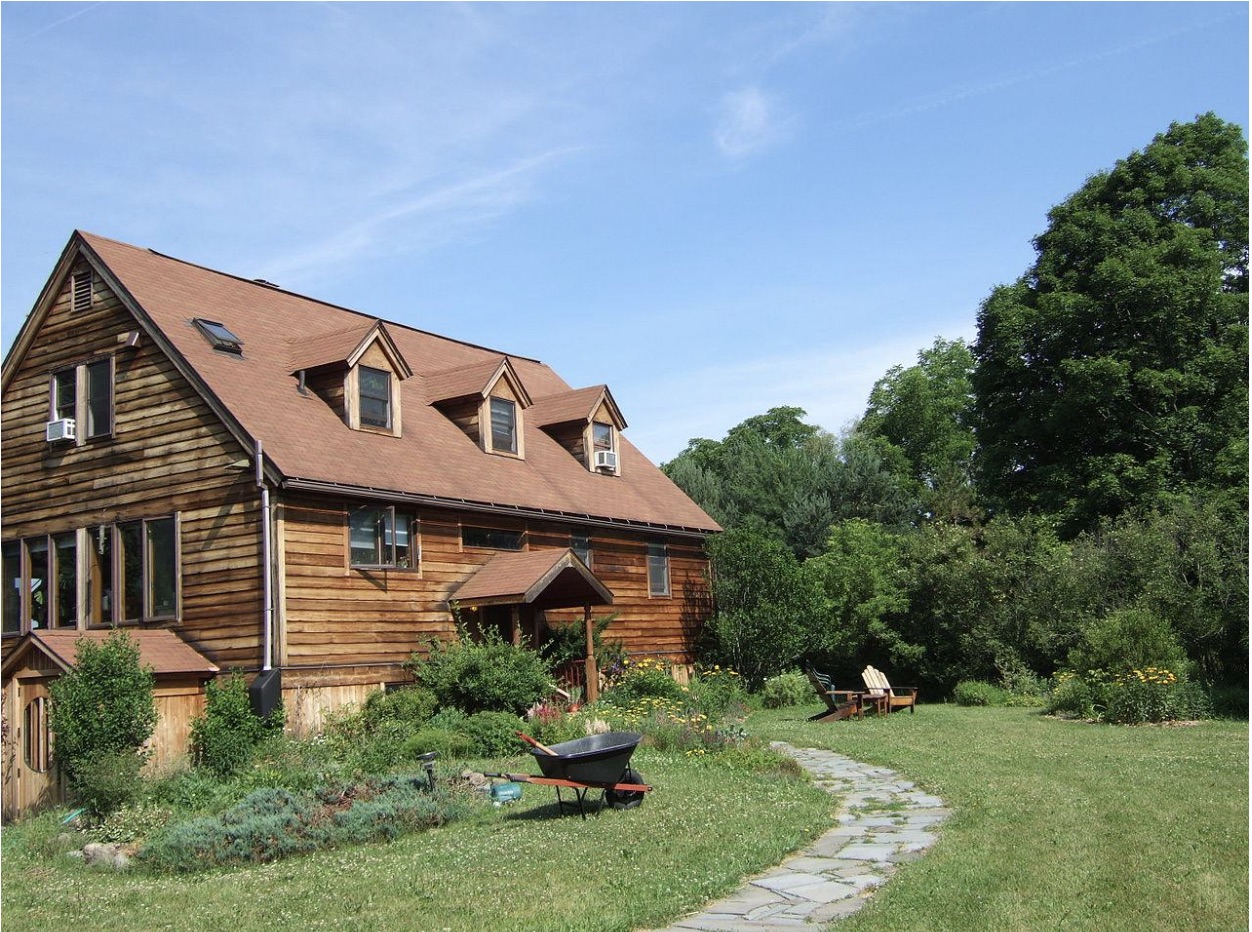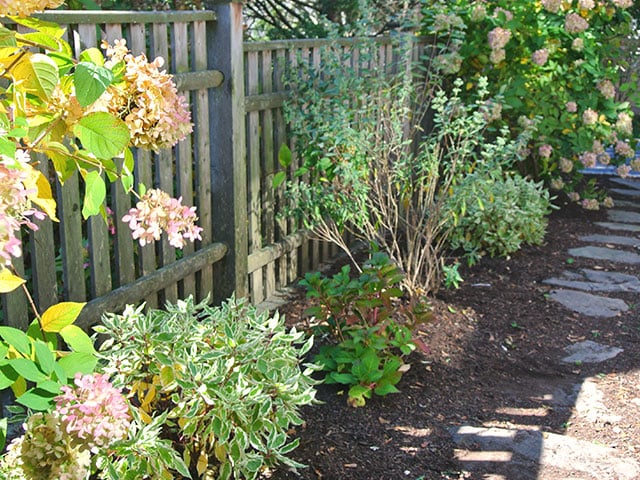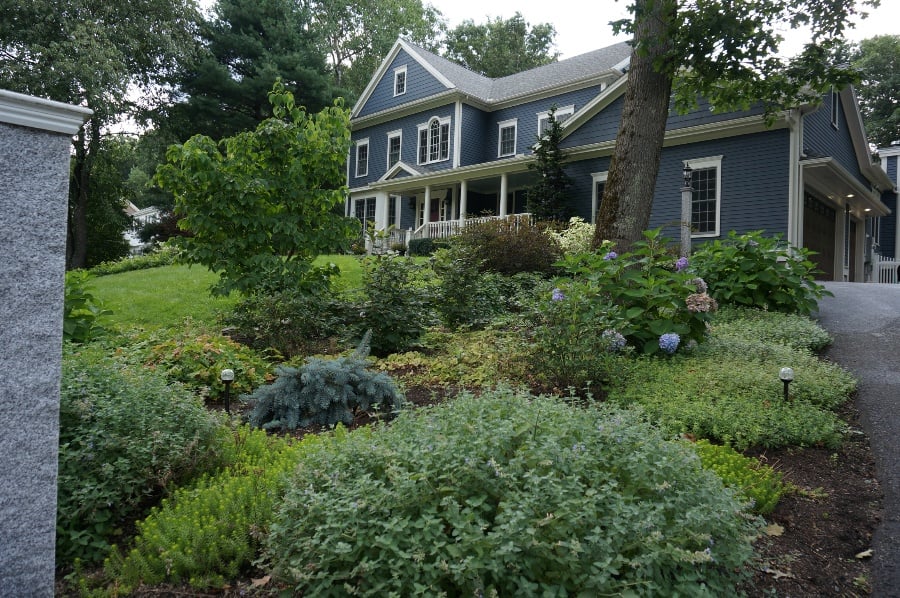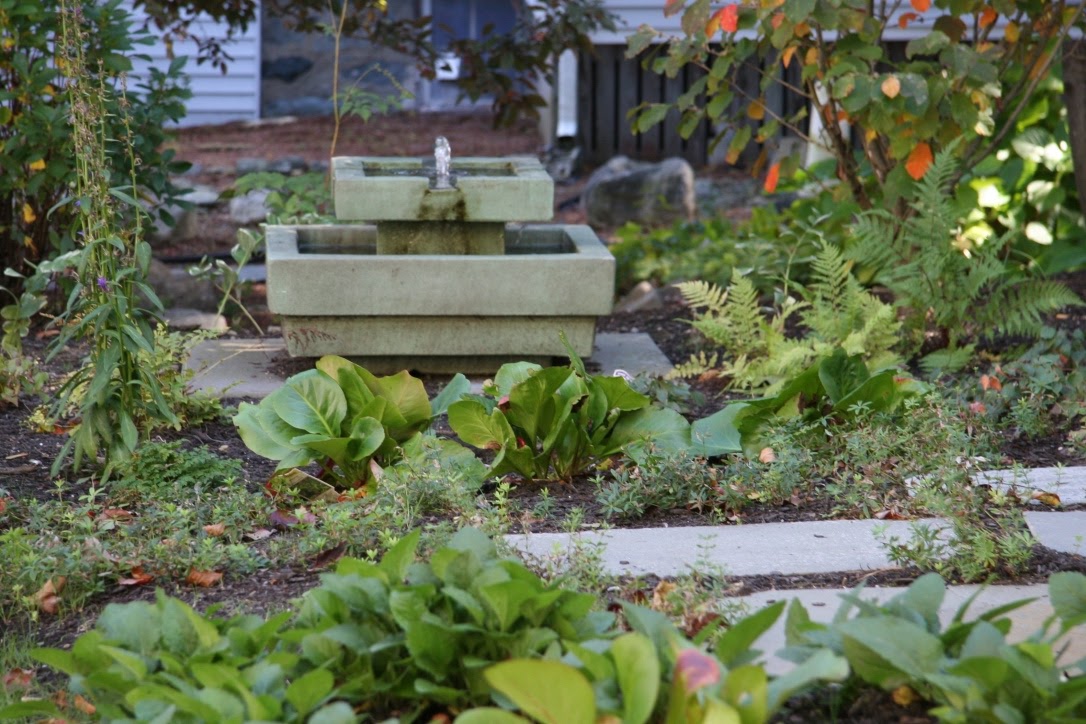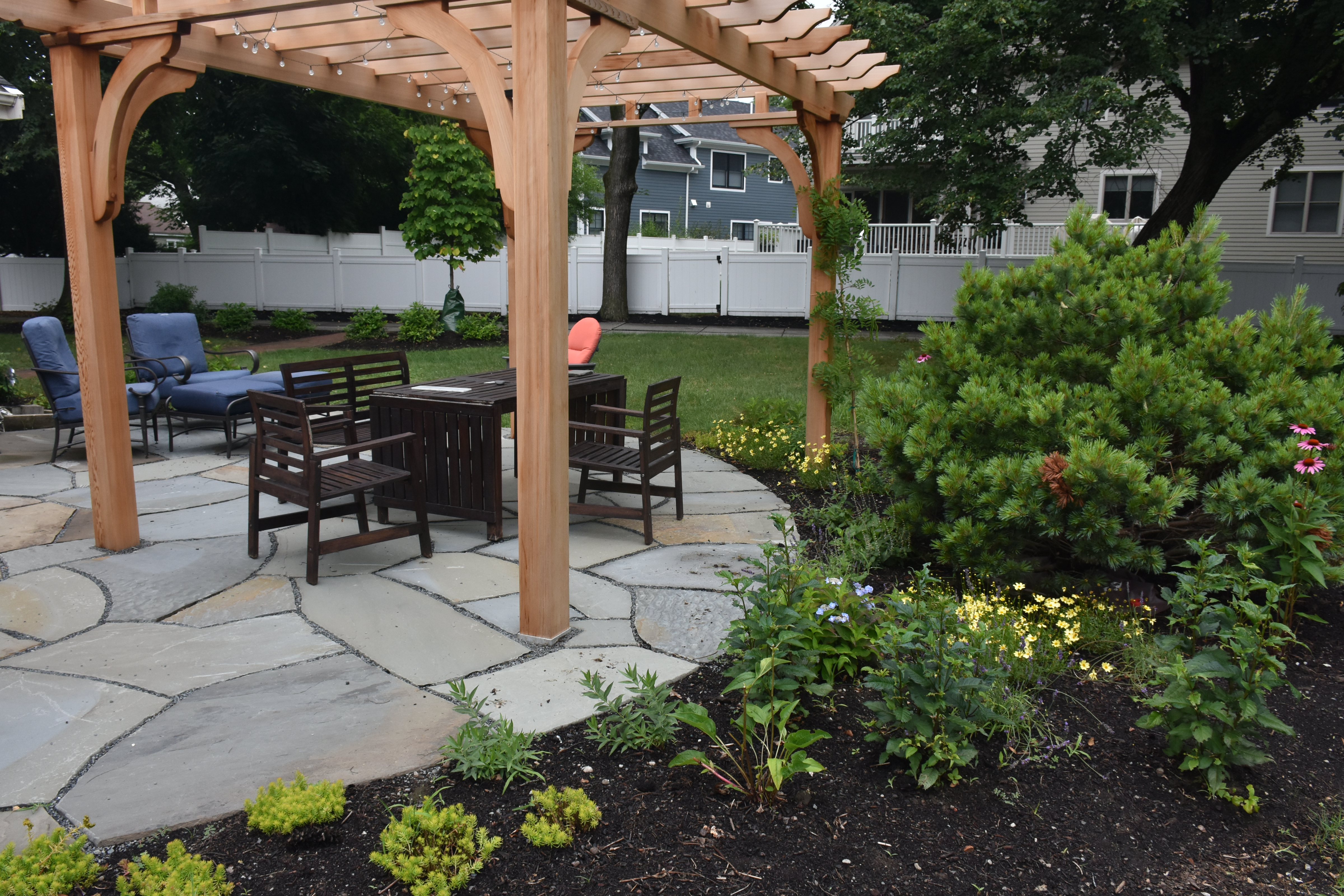You love the idea of watching butterflies flutter through the garden and listening to the buzz of bees, but you have one problem — you’re not sure which flowers and plants will keep these pollinators coming back to your garden for more.
Creating a pollinator-friendly garden is all about providing ideal food sources for the hardworking honeybees, hummingbirds and butterflies you hope to attract. Massachusetts homeowners can rely on a mix of native plants and vibrant flowering plants to attract these essential creatures while boosting the beauty of their outdoor space.
If you’re looking for the best plants to support pollinators from early spring through fall, you’re in the right place.
The Best Pollinator-Friendly Plants for Massachusetts
Milkweed

Milkweed isn’t just an important food source for monarch butterflies — without this type of flower, these butterflies would cease to exist. That’s because milkweed is the single plant monarchs can lay their eggs and caterpillars can feed. According to some reports, monarch butterflies may even be able to spot this flower from miles away.
Milkweed thrives best when planted in areas with full sun. In Massachusetts, two of the most common varieties are common milkweed and swamp milkweed.
Coneflower

Also commonly known as echinacea, coneflower is not only loved by bumblebees, butterflies and other beneficial insects, but also makes an eye-catching statement to your garden borders. It blooms in a variety of stunning colors, from purple to pink to orange to yellow.
Coneflowers love full sun, but can tolerate partial shade under the right conditions. They’re also drought-tolerant, so you can count on them to offer pops of color during the hottest days of even late summer.
Black-Eyed Susans

A classic wildflower, the hardworking black-eyed Susan supports native bees and other pollinators and wildlife year-round. During the summer, it produces nectar for pollinators; when fall and winter arrive, birds such as goldfinches and sparrows feed on its seeds.
Black-eyed Susans are fans of full sun. They’re also prolific bloomers, bringing color to your home’s landscape from early summer to fall.
Yarrow

A hardy perennial flower, yarrow grows in clumps, which makes it especially striking when planted in groups. Yarrow can grow in a variety of heights, from a low-growing ground cover to the tallest varieties that reach up to three feet tall. With a long bloom time, they serve as a consistent food source for pollinators throughout the growing season.
Zinnias

An easy-to-care flower that pollinators adore, zinnias are one of the least fussy plants you can add to your garden beds and borders. They’re truly stunning too, with blooms in a true rainbow of colors, as well as variegated shades. Zinnias do best in full sun and well-draining soil.
Tips for Planting Pollinator-Friendly Borders
To create garden beds that pollinators will love to visit again and again, there are a few things you should keep in mind.
First, when choosing your flowers and plants for your pollinator garden, prioritize native species. Not only are they best adapted to your native climate, but they’re most likely to attract the pollinators found in your area.
In addition, you should incorporate flowers that have varying bloom times, so your pollinators will have access to nectar from early spring all the way through the fall. Planting them in clumps can help the pollinators locate them from a distance more easily.

With the right mix of pollinator plants, your garden borders can become a paradise for beneficial insects and beautiful wildlife.
Whether you plant milkweed to support monarch butterflies, echinacea to keep the bumblebees happy, or zinnias for a burst of color, your efforts will help sustain the local ecosystem while creating a stunning landscape.
To learn more about designing a custom landscape for your home, download our free ebook, The Mindful Homeowner's Guide to Transformative Landscape Design. If you're ready to get started on your new landscape project, or simply want to learn more about the process, you can contact our team here to schedule a free consultation. We'd love to talk to you!


